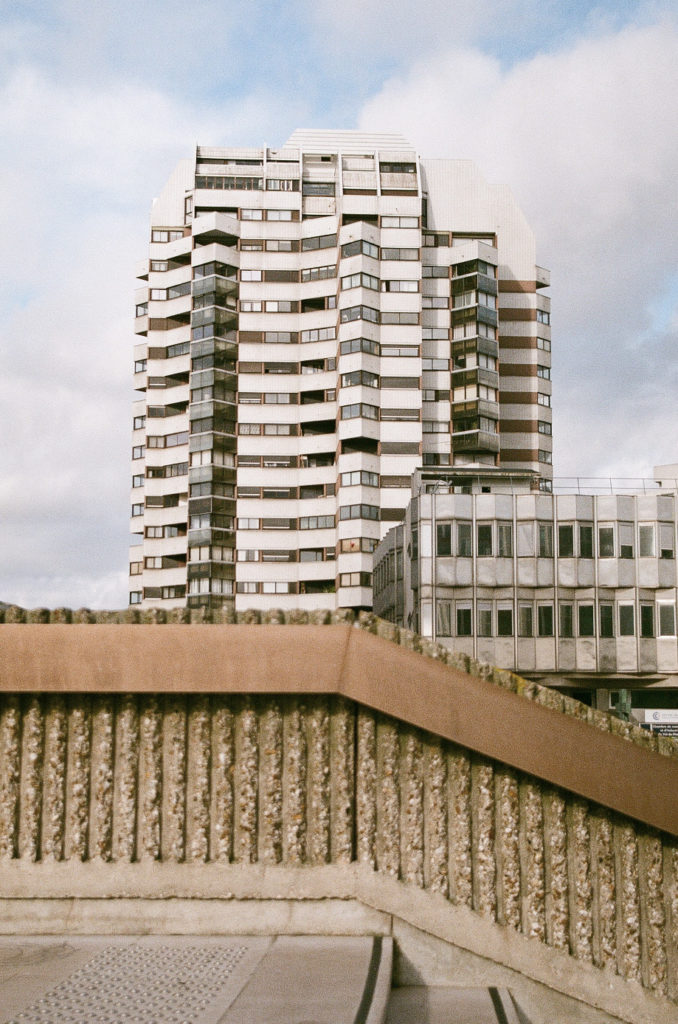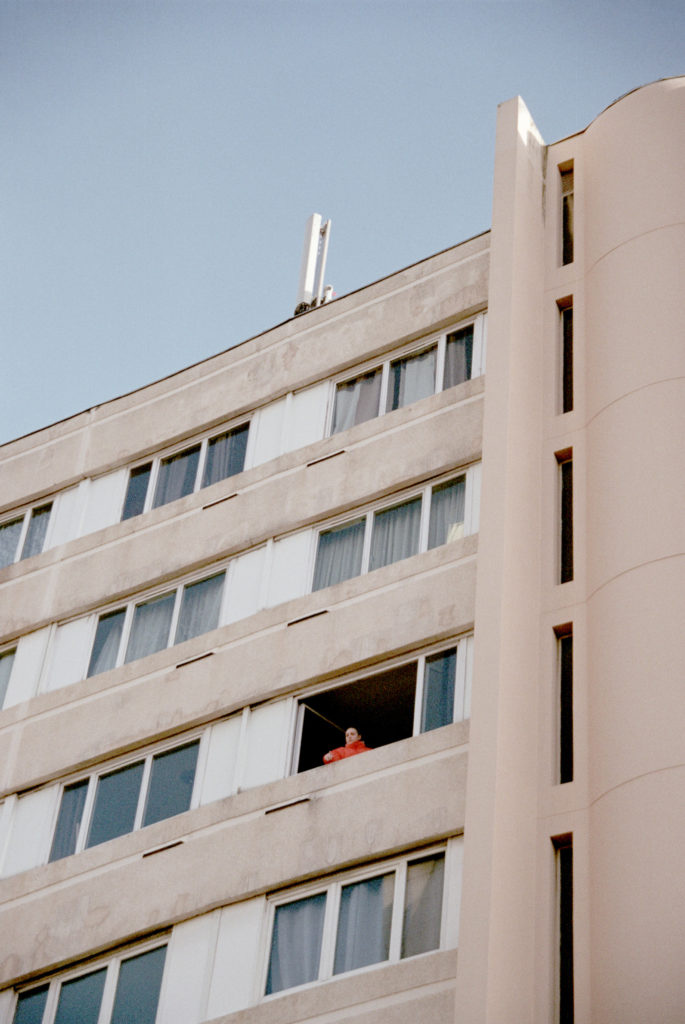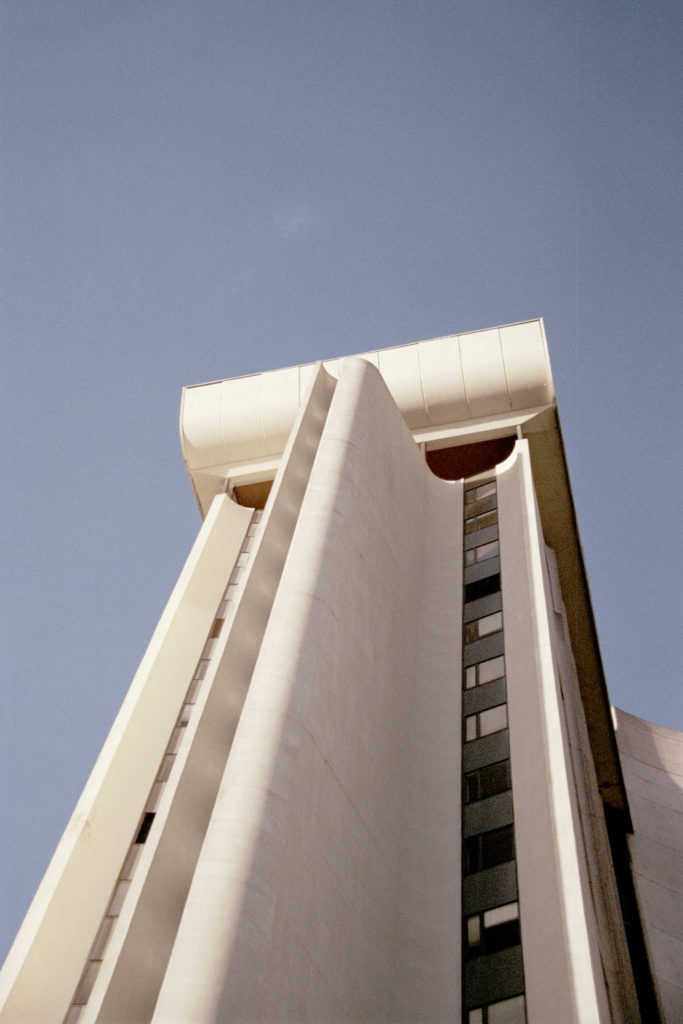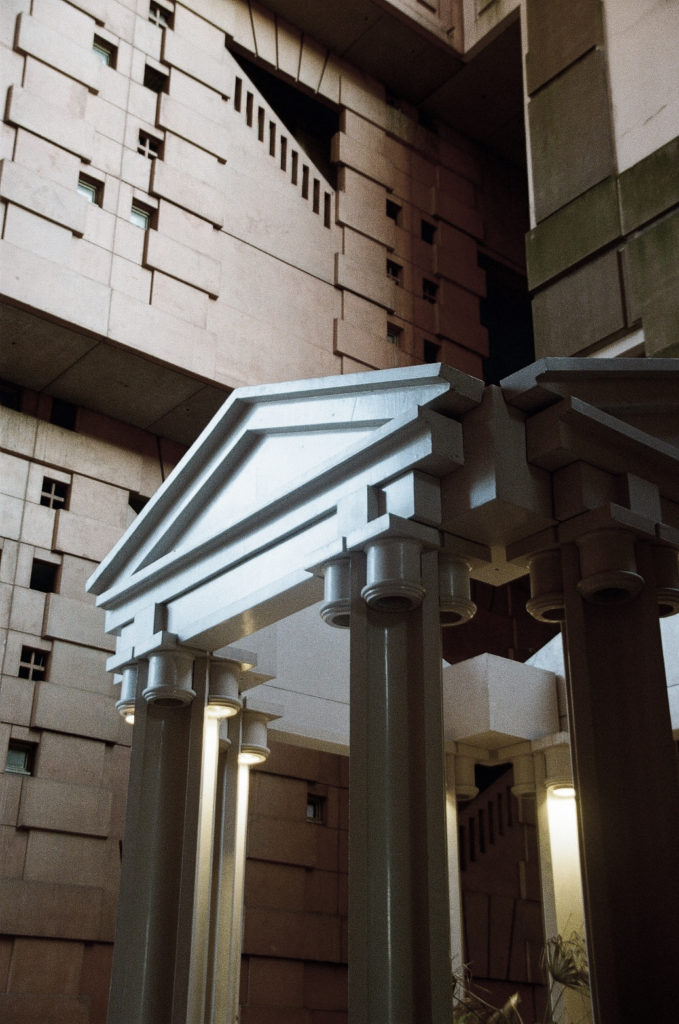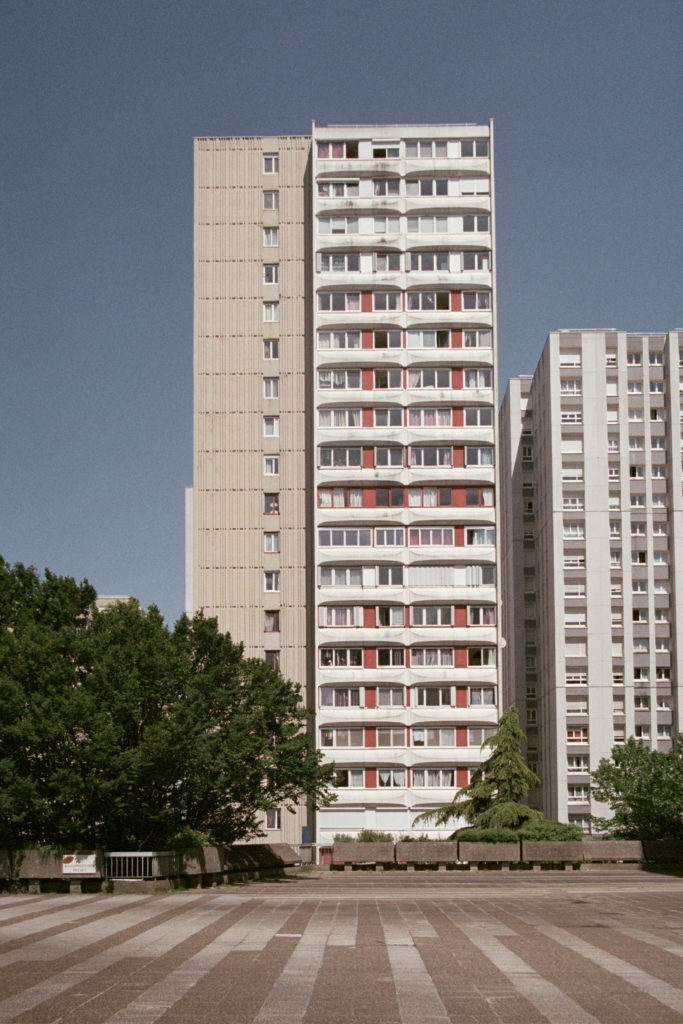Utopia
Road trip accross East Paris’ most futuristic architecture from the 70s and 80s.
In 1965, french government decided to create small capitals around Paris in a way to stop the satellite effect of the suburbs. That’s how “the New Créteil” and the new Bobigny were born from, small towns in wide fields. Famous artists, architects and urban planners worked together to create a super modern administrative cities. Bobigny has been a giant playground for communist architecture. But what looked futuristic yesterday could look has been from today’s point of view.
In a much more spectacular way, Noisy-le-Grand grown in the 80s with the desire of offering a monumental place to live to the poorest people. This appeared after decades of block architecture around the flamboyant city of Paris. Noisy-le-Grand could appear thanks to cheap technics such as moulds, and cheap materials.
If you’d like to explor Paris’ suburbs architecture, please enjoy my Utopia Map.

















Buildings you saw on this page :
Les Espaces d’Abraxas, 1983, Ricardo Boffil (Noisy-le-Grand)
Les Arènes de Picasso, 1985, Manuel Núñez Yanowsky (Noisy-le-Grand)
Hôtel de Ville de Créteil, 1972, Pierre Dufau (Créteil)
Préfecture du Val-de-Marne, 1970, Daniel Badani (Créteil)
Quartier de la Brèche, 1970, Jean Faugeron (Créteil)
Les Choux, 1969-1974, Gérard Grandval (Créteil)
Palais de Justice de Créteil, 1977, Daniel Badani et Pierre Roux-Dorlut
Pernod Pyramid, 1974, Jean Willerval (Créteil)
Église Saint-André, 1982, Marius Depont (Bobigny)
Hôtel de Ville de Bobigny, 1974, Marius Depont
Préfecture de Bobigny, 1971, Michel Folliasson
Le Serpentin, 1959, Emile Aillaud (Pantin)
If you’d like to explor Paris’ suburbs architecture, please enjoy my Utopia Map.





